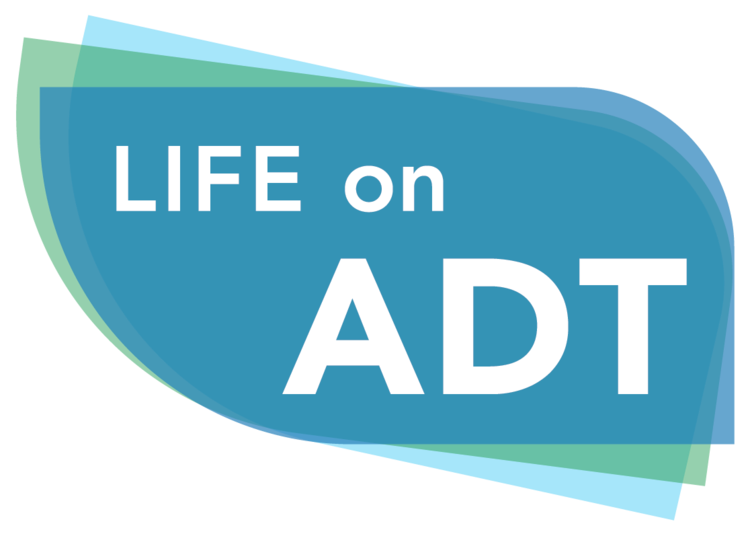Exercise is known to be an effective strategy for minimizing side effects and maximizing wellbeing for men on ADT. And now a new review from Australia documents the breadth of those benefits. It covers a range of domains summarized here:
Musculoskeletal changes
The combination of resistance training, aerobic exercise, and impact loading improves bone mineral density and minimizes bone loss for men on ADT. To quote the authors, “Resistance exercise training and high-impact loading exercises help to mitigate ADT-related bone loss, thus improving bone health and reducing fracture risk.”
Metabolic changes
Exercise improves body composition, reducing fat mass and increasing lean mass and/or muscle strength.
Sexual dysfunction
Research findings suggest that exercise can help men to maintain sexual function while on ADT.
Depression and Anxiety
Exercise improves mental health and quality of life in men with PCa. For many other cancer patient populations, “aerobic and mixed-mode exercise were found to have large antidepressant effects across all studies when compared to no exercise controls.”
Fatigue
Exercise helps reduce fatigue.
Functional decline and gait disturbance
Exercise attenuates functional decline associated with ADT. The authors write, “Men with PCa undergoing ADT benefit from exercise training, demonstrating consistent, positive results in physical and muscular performance”.
More research is needed to elucidate potential effects of exercise on other ADT-related effects, such as diabetes, cardiovascular events, cognitive effects, and hot flashes.
Overall, this new review supports the important role of exercise in managing ADT side effects. Moreover, findings from a number of studies indicate that higher levels of physical activity are associated with decreased risk of prostate cancer (PCa) progression and the risk of all-cause mortality. The authors conclude: “Exercise has the potential to reduce and even prevent many of the adverse effects of ADT, thus improving survivorship outcomes for men with PCa”.
Physical activity resources, including links to exercises that you can do at home, can be found on our website at: http://www.lifeonadt.com/links
To read the study abstract, see: https://link.springer.com/article/10.1007%2Fs00520-020-05637-0
Edmunds, K., Tuffaha, H., Scuffham, P., Galvão, D.A., & Newton, R.U. (2020). The role of exercise in the management of adverse effects of androgen deprivation therapy for prostate cancer: a rapid review. Supportive Care in Cancer. Epub ahead of print.
